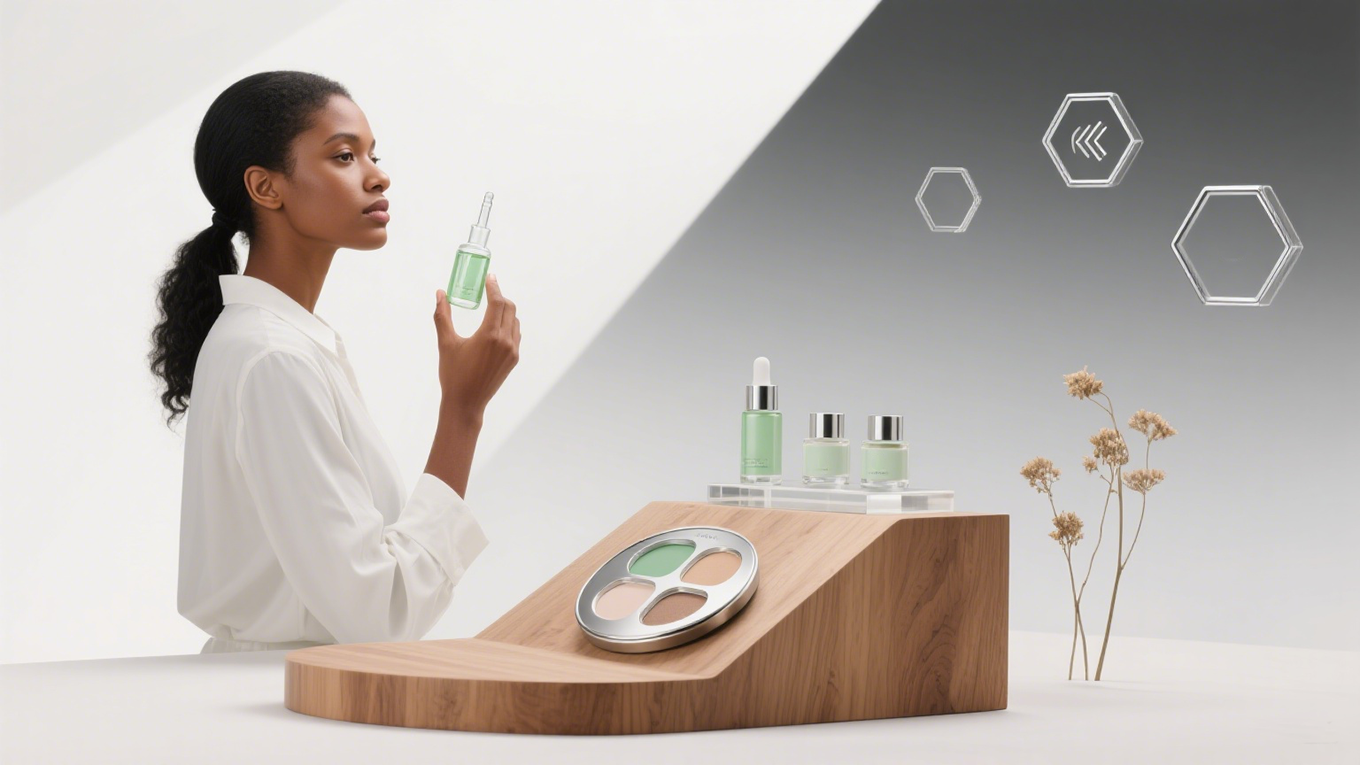In today’s rapidly evolving beauty industry, launching a cosmetic brand is only the first step. Sustainable growth requires strategic marketing and branding initiatives that resonate with consumers and differentiate your brand from the competition. Personalized experiences, digital engagement, and strong brand storytelling are central to success in 2025 and beyond. This comprehensive guide explores the most effective strategies to elevate a cosmetic brand, focusing on marketing, branding, and growth tactics.
Understanding the Cosmetic Market Landscape
The global cosmetic industry is projected to continue expanding, driven by innovation, social media influence, and consumer demand for high-quality, tailored products. Key market trends include:
- Rise of Personalized Cosmetics: Consumers increasingly seek products that cater to their unique skin types, tones, and beauty preferences.
- Digital-First Consumers: Online platforms, including e-commerce stores and social media, are primary channels for beauty discovery and purchase.
- Sustainability and Ethical Practices: Eco-friendly packaging, cruelty-free formulations, and socially responsible branding appeal to conscious consumers.
- Influencer and Community Marketing: Peer recommendations and influencer endorsements heavily influence purchasing decisions.
For emerging cosmetic brands, understanding these trends is essential for crafting strategies that drive engagement and sales.
Core Branding Strategies for Cosmetic Growth
1. Develop a Strong Brand Identity
A compelling brand identity differentiates your products in a crowded market. Elements to focus on include:
- Brand Vision and Mission: Clearly communicate what your brand stands for, whether it’s sustainability, innovation, or inclusivity.
- Logo and Visual Identity: Create a visually appealing logo and consistent color palette that reflects your brand personality.
- Packaging Design: Invest in aesthetically pleasing, functional, and eco-conscious packaging to make a lasting impression.
- Brand Voice and Messaging: Develop a unique tone and messaging that resonates with your target audience across all communication channels.
A cohesive brand identity ensures consumers recognize and remember your products, fostering loyalty and trust.
2. Product Differentiation
Unique products are essential for growth. Consider these approaches:
- Innovative Formulations: Offer cutting-edge cosmetic products with standout ingredients or novel textures.
- Customizable Options: Personalized makeup or skincare lines attract customers seeking individualized solutions.
- Limited Editions and Collaborations: Exclusive releases create urgency and drive social media buzz.
- Transparency and Education: Provide clear information about ingredients, benefits, and application methods to build consumer confidence.
Product differentiation combined with effective branding elevates perceived value and positions your brand as a market leader.
Marketing Strategies for 2025
1. Leverage Social Media Platforms
Social media is a powerful tool for cosmetic brands to engage with audiences, showcase products, and drive conversions. Strategies include:
- Influencer Collaborations: Partner with micro and macro-influencers whose audiences align with your brand.
- Content Marketing: Share tutorials, behind-the-scenes content, and educational posts to build community engagement.
- Interactive Campaigns: Polls, quizzes, and giveaways encourage participation and strengthen brand affinity.
- User-Generated Content (UGC): Encourage customers to share their experiences using your products to increase trust and authenticity.
Platforms like Instagram, TikTok, and YouTube remain critical for visibility and sales growth.
2. Optimize E-Commerce and Digital Presence
An effective online presence is crucial for reaching a global audience. Key strategies include:
- SEO Optimization: Use high-traffic keywords relevant to your products to improve search engine visibility.
- Mobile-Friendly Website: Ensure a seamless shopping experience on mobile devices.
- Personalized Recommendations: Implement AI-powered tools that suggest products based on browsing behavior.
- Email Marketing: Nurture relationships with personalized email campaigns, promotions, and loyalty rewards.
Digital-first strategies help brands capture new customers while retaining existing ones.
3. Experiential Marketing
Providing tangible experiences helps brands connect emotionally with consumers:
- Pop-Up Stores: Temporary physical locations generate excitement and allow customers to try products.
- Sampling Campaigns: Distributing samples increases awareness and encourages first-time purchases.
- Events and Workshops: Hosting beauty tutorials, skincare classes, or masterclasses strengthens community engagement.
Experiential marketing builds memorable brand experiences that digital channels alone cannot achieve.
4. Data-Driven Decisions
Data analytics enables brands to refine strategies and understand consumer behavior:
- Consumer Insights: Track purchase history, preferences, and feedback to tailor offerings.
- Campaign Performance Analysis: Measure engagement, conversion rates, and ROI to optimize marketing efforts.
- Predictive Trends: Anticipate market shifts and emerging trends to stay ahead of competitors.
Leveraging data ensures marketing efforts are efficient, targeted, and impactful.
Building a Loyal Customer Base
Customer retention is as crucial as acquisition. Strategies for fostering loyalty include:
- Loyalty Programs: Reward repeat purchases with points, discounts, or exclusive products.
- Community Engagement: Build a brand community through social media groups, forums, or newsletters.
- Consistent Communication: Keep customers informed about new launches, tips, and promotions to maintain interest.
- Feedback Integration: Actively incorporate customer feedback into product development to demonstrate responsiveness.
A loyal customer base provides consistent revenue and acts as brand advocates.
Challenges for Cosmetic Brands
Despite abundant opportunities, emerging brands face several challenges:
- Intense Competition: The beauty market is saturated, requiring constant innovation.
- High Marketing Costs: Effective campaigns, influencer partnerships, and digital tools can be costly.
- Changing Consumer Preferences: Trends evolve quickly, demanding agility in product development and marketing.
- Regulatory Compliance: Ensuring products meet cosmetic regulations in different regions is essential to avoid legal issues.
Successful brands must navigate these challenges while maintaining a clear focus on growth strategies.
Growing a cosmetic brand in 2025 requires a multifaceted approach that combines strong branding, innovative products, effective digital marketing, and customer engagement. By creating a compelling brand identity, leveraging social media, optimizing e-commerce, and offering personalized experiences, beauty brands can achieve sustainable growth and foster loyal customer communities. Data-driven insights and experiential marketing further enhance a brand’s ability to stand out in a competitive landscape. Investing in these strategies ensures that cosmetic brands remain relevant, innovative, and successful in an ever-evolving market.



